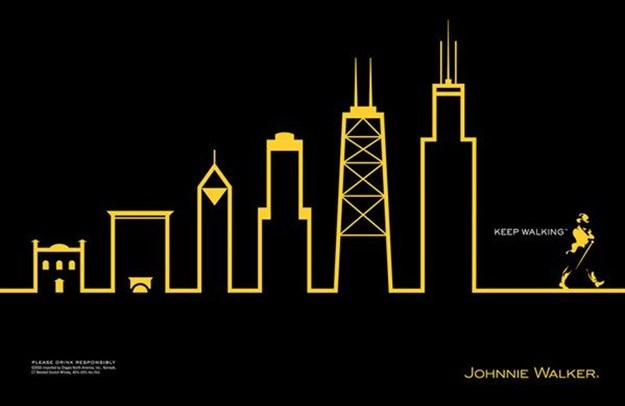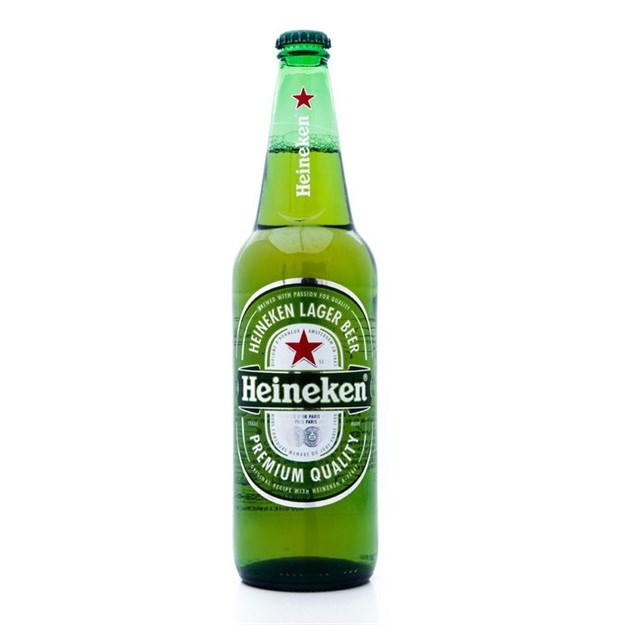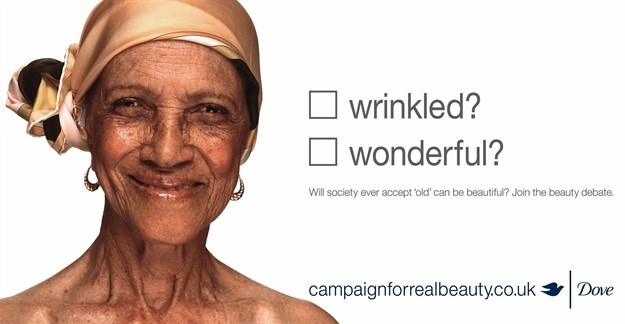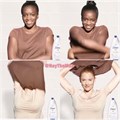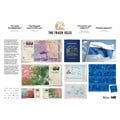Veteran marketer Sharon Keith shared on the topic 'Our world: a small global village' four basic principles in explaining how to build global brands at the local level and examples to demonstrate these at the Association for Communication and Advertising's Apex 2018 'Next Level of Thinking Masterclass' last week.

Sharon Keith
What’s interesting is that, according to the latest Interbrand Rankings, the top 10 global brands at the moment constitute 42% of the total value of the brands surveyed and seven of which are tech-based. “If you look at those brands, there’s absolutely no way that they could become global brands if they weren’t relevant, credible and interesting to people at an extremely local level.
“There is very little that can be taken from some sort of mythical global head office, and just plug and play… What we’ve got to do is start integrating and using some of those tricks of the trade.” So, how do you build global brands at a local level?
Here, what marketers need to do if they want to be successful...
1. Build a brand vision and a mission that inspires (and translates in) local markets
“We’ve all come across marketing campaigns that have been quite misguided and flung into South Africa, and you can just see and marvel that the people haven’t spent the time trying to translate and express that global vision and mission at the local level.”
Jonnie Walker, for example, stumbled upon an insight that people all around the world seek to progress in their lives. “They want to do better than the previous generation. They want their children to have a better life, and they want to be able to mark that personal progress.”
By acting on this insight, the brand went from being just another status whiskey to celebrating and marking those steps along the way on everybody’s journey. “This is something that resonates everywhere in the world, but the amount of work that goes into translating that in SA, in Uganda, in Kenya, in wherever, is the important piece… Instantly, people get it. There isn’t even much copy there. Just ‘keep walking’, and that’s what inspires people.”
2. Put a global brand operating system in place to drive consistency: visuals; narrative
I know this sounds counterproductive because on the one hand you’ve got this vision and this mission and it’s all very higher purpose stuff, but on the other hand you’ve got a system and rules and constraints.
But these are absolutely necessary. Consistency is not only important for the visual identity but also in terms of the brand’s story, what the brand stands for and how it differentiates itself.
Although Keith recently left the Coca-Cola Company (where her role was marketing director for the Southern & East African Business Unit), she thought it relevant to mention that the brand has a portal called ‘Dmex’, which is “a repository of absolutely everything related to the brand, from the colours to the copy, to the creative ideas to the digital marketing assets, to everything”, she explained. “This is not only available to the people within the Coca-Cola company, but also to all of its partner agencies, suppliers and bottling companies that work with Coca-Cola so that you don’t end up getting a sort of pinky-red Coca-Cola umbrella or an orangey-red Coca-Cola tablecloth.”
This may sound petty or pedantic to some, but what this means is that everyone involved ends up treating the brand and its assets with the reference and consistency that shows up everywhere in the world. Coca-Cola isn’t the only multinational using this kind of tool.
- Global brand operating system in place: Visuals – Heineken
Heineken is particularly disciplined about how the brand is treated. “It just doesn’t show up in any kind of hand-fisted, amateurish way. It always looks absolutely beautiful, and the amount of money they spend on that photography and designing their visual inventory pays off because everybody uses it. Whether the brand is showing up in Vietnam or Mexico, this is what it looks like:”
- Global brand operating system in place: Narrative – Dove
“When you’re building a global brand, you are going to make mistakes, but I think the narrative on Dove has been absolutely consistent, and there has been a system to keep that narrative consistent around the world.”
While the brand has made the occasional misstep, it generally gets its narrative right, and in so doing, they’ve transformed the way women feel about themselves and about what constitutes beauty. “I think that has made it a much more valuable brand, as they’ve allowed everybody around the world to build the brand in their own way.”
3. Translate your global narrative locally (collaborate for localised consumer insight)
The keyword here is collaboration.
Don’t just use Netflix and things from somewhere else. Go and immerse yourself in the deeply local things that people know and care about, because that is where you’ll find the greatest insights.
For a while, Pampers used this motif of the stork supplying pampers. They put it all over their packaging and their advertising and they were mystified when the brand just did not succeed. After discovering the local insight that Japan doesn’t know the story of the stork delivering babies, the brand changed its packaging, as well as the story and the narrative in Japan. “This has transformed the brand’s performance in Japan, so sometimes it’s the interpretation of the narrative that’s really important to making the difference.”
The ‘Coca-Cola celebrating Ramadan’ campaign is about translating the global narrative locally. “Coca-Cola is a very inclusive brand. It’s a brand that speaks to connecting people, that speaks to happiness, and this was the recent Coca-Cola ad that was produced for Ramadan…
“This wasn’t made in Atlanta. This wasn’t developed by some global brand manager. This was developed in Dubai for Dubai and was used in a number of different countries around the world because it represented an idea and an ideal that the brand stands for.”
The ‘Coca-Cola Coke Fanta’ campaign recently won Gold at Cannes, and this was entirely conceived and developed locally in Brazil for a uniquely Brazilian insight. “I think what’s important here is that the global team trusted the local team to take a very brave stance on a local insight that was very real in Brazil.”
This demonstrates how to take a global brand and an intensely local insight to find the sweet spot. “It’s work like this that changes people’s attitudes and behaviour… and that’s what keeps a global brand alive.”
4. Use your common sense (don’t assume anything)
“We often get tangled up in the latest academic journal articles and technical terms. We’re human beings: we respond like human beings; we’re not machines; and understanding that response is what makes for great marketing and allows for big creative ideas.”
Here she used the H&M example. “We’ve all been there, and seen these mistakes, and I don’t believe that they were just bad marketers, I just think that they probably didn’t think enough about who they were aiming this work at and how are they were going to respond.
“First and foremost, let’s really get to the heart of who our consumers are and what they care about.”

































